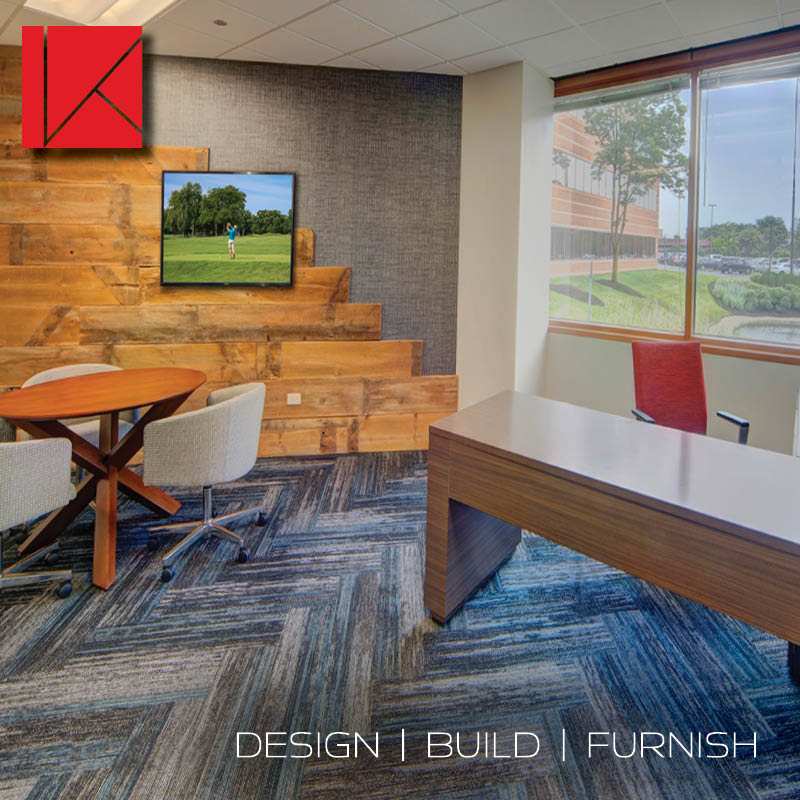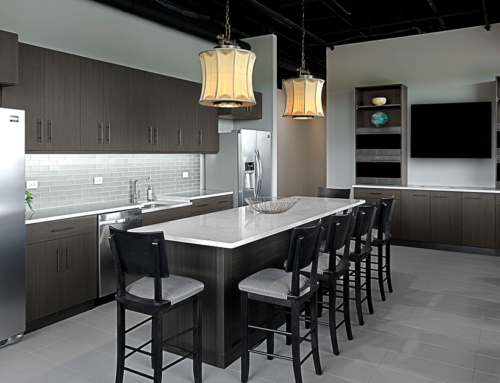Executive Office Design: How to Give Your Leaders the Ideal Office
 While having an executive office is a lofty perk, it is also a well-earned one as well. Indeed, a study by Harvard Business Review found that 60 percent of executives have an average workweek of 72-hours, which is a far cry from the average workweek of 34.4 hours.
While having an executive office is a lofty perk, it is also a well-earned one as well. Indeed, a study by Harvard Business Review found that 60 percent of executives have an average workweek of 72-hours, which is a far cry from the average workweek of 34.4 hours.
As such, it is definitely in your organization’s best interest – along with your roster of executives – to ensure that their work environment is productive, efficient and optimized for success. To help make this happen, here are 5 executive office design tips that can make a transformative difference:
1. Face the Audience
Move desks away from the wall, and turn them around so that executives are facing the door as they work. This is not so much about seeing who arrives and leaves, as it is about creating a more inviting and accessible vibe – which is something that the best executives enhance and embrace, rather than resist and reject.
2. Keep things Organized
The “old school” CEO office was typically covered in files, papers, envelopes, and coffee cups that had been there for days. The idea was that a busy-looking office was also a productive office (and frankly, it also meant that busy executives did not have to spend time organizing their stuff!).
However, on today’s business landscape, the messy and frenetic look is out – and in its place is a much more professional, sophisticated and organized look. To that end, the executive office design should have enough shelving and storage.
3. Have “Conversational” Areas
While formal meetings should still take place in a boardroom or at a desk, the ideal executive office design also has an area where less formal and more “conversational” dialogue can take place with colleagues, suppliers, partners, vendors, and sometimes even customers/clients.
4. Let the Sunshine In
As noted, the average executive works more than twice as much as their non-executive colleagues. To keep your talented leaders from burning out and perhaps having to take time off, install windows that allows more natural sunlight into the office. If this is not possible, then installing high-quality full spectrum lighting can be the next-best option.
5. Don’t Ignore Esthetics
Traditional executive office design has not paid much attention to esthetics. However, given how much time that executives (and those who pay them a visit) spend in the space, esthetics are more important now than ever. As such, the office should leverage wall coverings, artwork, flooring and other elements to truly bring the space to life, and make it a place where people want to be vs. have to be.
Learn More
To learn more about the do’s and don’ts of executive office design for your leadership team, contact the Key Interiors team today. Your consultation with us is free.




